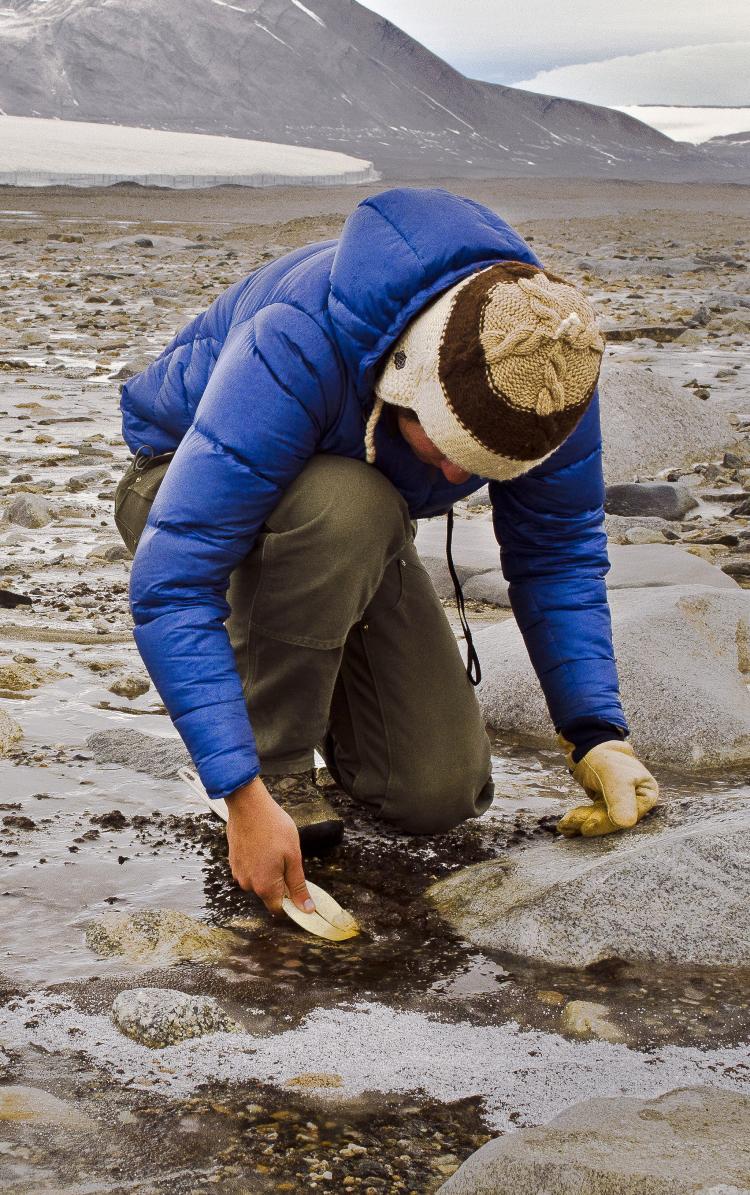The CU Museum is closed until January 8, 2026.
During this time, collection visits will be available by appointment and other special access requests will be considered on a case-by-case basis.
Please email cumuseum@colorado.edu for more information.
Streams are not dependable.
Currently, stream dwellers gather in different combinations depending on location. Water doesn’t reach all streambeds evenly. And, as it travels, it picks up different chemicals and lifeforms depending on which soil it contacts. In a short stream that flows every summer, organisms form mutually supporting groups that need all that water but few nutrients. At the end of a long stream, you might find communities that thrive together on more nutrients and in less water.
Researchers are now testing what rising temperatures will do to streams. Will these diverse communities disappear when more water consistently fills the streambeds?
You need water to survive, so how do you live in a place that’s totally dry for ten months?
Water flows into Antarctica’s streams only during the short summer, and, in some streams, not even then. Streambed residents in Antarctica can simply pause their lives for a year, for decades—even for centuries. Without water, they stop growing, repairing, and reproducing. If and when meltwater reaches their rocky habitats, their metabolisms restart.
Researcher collects a diatom sample from a stream in Taylor Valley, McMurdo Dry Valleys. (Peter Rejcek / NSF)


